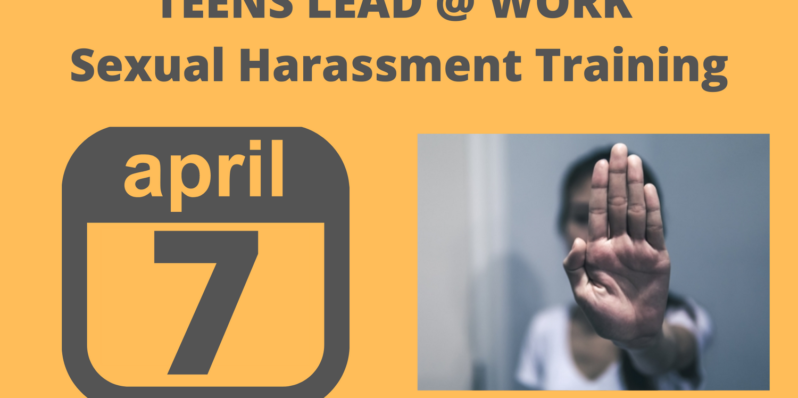
WORKPLACE VIOLENCE*
This collaborative role-play aimed at violence prevention in the workplace will be held in conjunction with the Tompkins County Workers Center on Wednesday, January 26th from 5:30-6:30pm. It will be a remote training. Register* or join us the day of: Workplace Violence *Attendance at this event counts towards eligibility for a $40 gift card and …

CONTROLLING HAZARDS
This interactive learning event to help participants in identifying & controlling hazards will be held in conjunction with the Tompkins County Workers Center on Wednesday, December 15th from 5:30-6:30pm. It will be a remote training. Register or join us the day of: https://bit.ly/HealthInTime








